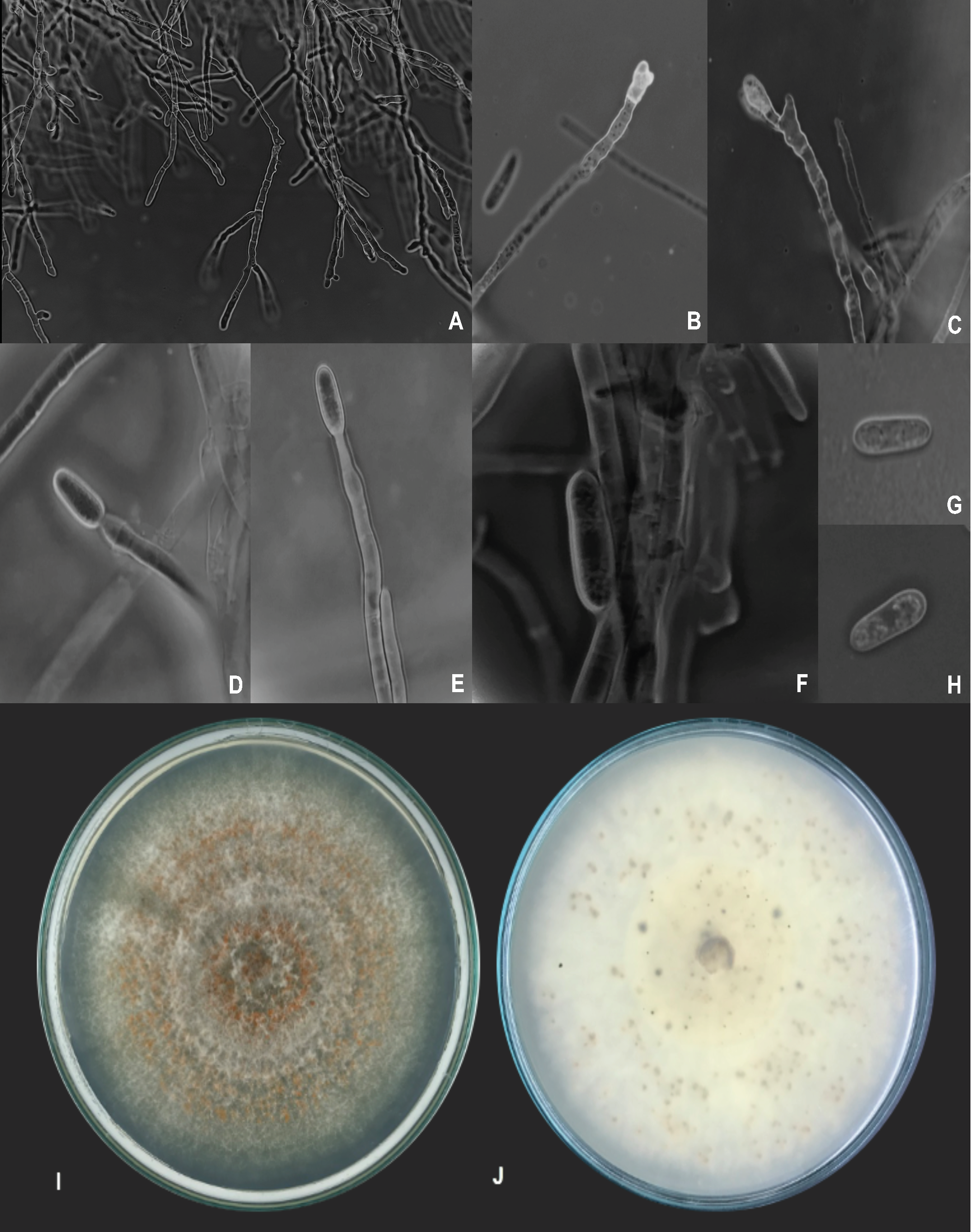 |
|
The fungus Colletotrichum sp. is the causal agent of anthracnose in mango fruit and leads to substantial postharvest losses (>30 %). Efficient control agents continue to be investigated to reduce the incidence of this pathogen, preferably of a biological-organic nature. The objective of this work was to evaluate the in vitro application of commercial-grade generally recognized as safe (GRAS) compounds as chitosan, hydrogen peroxide, acetic acid, and peracetic acid, in the control of Colletotrichum speciesisolated from mango fruit. The application of commercial chitosan (1.5 % and 2.0 %) confirmed its antifungal effect, with an average inhibition of 34 %, no significant difference was shown with respect to reactive grade chitosan. Hydrogen peroxide, acetic acid, and peracetic acid completely inhibited the development of C. asianum at concentrations > 1.0 %. Each GRAS agent caused morphological damage to the spores, including loss of turgidity, intracellular disorder, effusion of liquid from the cytoplasm, and total loss of integrity. Scanning electron microscopy confirmed the damage to the mycelia, with collapsed and dehydrated structures due to exposure to the control agents. Overall, commercial GRAS agents showed an in vitro control effect on the growth of C. asianum at different stages of their development.
Keywords: Mangifera indica, postharvest fungi, chitosan, hydrogen peroxide, acetic acid, peracetic acid.
|
|
 |

